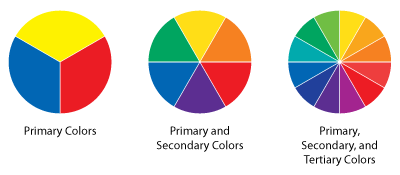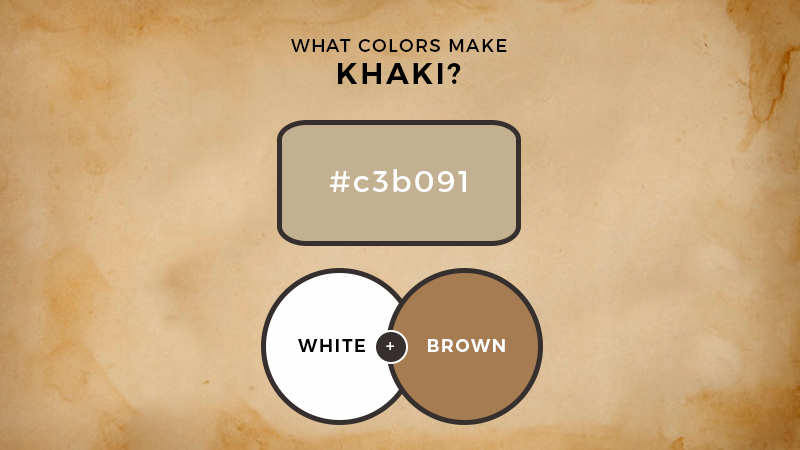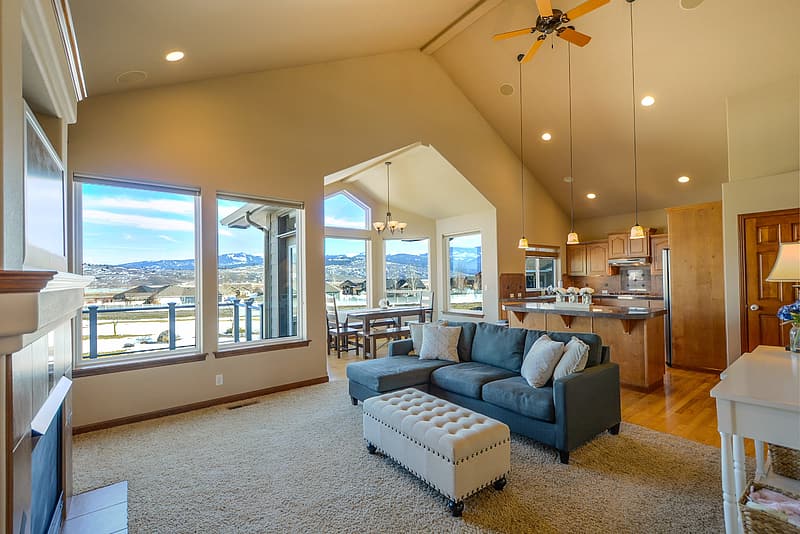What Colors Make Khaki? What Two Colors Make Khaki
Are you curious about what colors mixed together make khaki color? Stick around as we share the right color combination to make this color.
Everywhere you look, you’re bound to see someone wearing one of the newest shades of the season: khaki.
Although it’s hardly a new shade in the fashion industry, this particular hue has made a resurgence. From the spring and summer catalogs and daily uniforms to interior design spaces, this neutral hue continues to prove its versatility time and time again.
The creation of khaki dates back to the 1840s, a time when British Indian soldiers painted their cotton pants in a mixture of tea, curry powder, and even mud to help camouflage themselves.
This light tan, beige, or even slightly green fabric was not only used within the military landscape but has been well-loved by people from all walks of life. To help you gain a much deeper understanding and appreciation for this hue, let’s delve into the nitty-gritty of it.
What Is Khaki?
A literal take on the Hindi word for dust- or soil-colored, khaki is, in fact, a light brown fabric.
This hue’s pigment is tinged with yellow and sometimes green.
However, olive green tints were reportedly added during the First World War to help soldiers blend in with the ground and the foliage.
Khaki as a Quinary Color
As a young child, you may have learned that only primary, secondary, and tertiary colors exist. To refresh your memory, primary hues are made up of red, yellow, and blue.
Secondary colors, on the other hand, are comprised of green, orange, and violet, and these result from adding two primaries together.
Tertiary pigments come from combining one primary hue with one secondary hue. Colors that are included in this category include blue-green, blue-violet, red-orange, red-violet, yellow-green, and yellow-orange.
However, constantly mixing hues with one another generates other outcomes, resulting in quaternary shades, meaning a combination of two tertiary colors, and even quinary colors, which are considered various shades of gray, also achieved by mixing secondary colored hues with other subsequent tones.
Khaki falls in the quinary category. This is because the color khaki can be achieved by adding equal amounts of sage and buff, both of which are considered quaternary tones.
What Colors Make Khaki?
We’ve already mentioned one combination that will make khaki. As it falls within the quinary category, you may think it will be challenging to recreate it.
On the contrary, quinary tones can be achieved using some of the most basic hues. Take a look.
One of the most accessible means of making khaki is simply mixing white and brown. Adding in white can help you achieve the lighter tone khaki is known for.
In the event you do not have brown on hand, you can easily combine all three primary shades.
Another route you can take is mixing orange and blue. Since orange is simply achieved by combining red and yellow, you can still work with only primary shades. That, and of course, white.
If you aiming for a khaki with olive and green-tinged tones, you can also utilize green. If you don’t have green, you can make it by combining yellow and blue. Then add your green to any of the color combinations above to achieve that subtle green undertone it is also known for, but make sure to do so in small amounts so as not to overwhelm the outcome.
Khaki in Fashion and Design
From our discussion, you can see that khaki has greatly evolved from its time in the military.
While the color is still largely utilized for army uniforms in numerous parts of the world, this particular shade has been making a comeback on the runway.
For example, emerging designer Kenneth Nicholson used this lovely hue for his neutral-toned men’s and women’s wear this 2020.
One of the stars of his newest collection is a khaki skirt that flares at the knees, matched with a white-colored mesh top to complete the look.
Off the runway, khaki is also a staple in just about anyone’s wardrobe. Because of its versatility, it can be paired with any piece of clothing, regardless of its shade.
Even John F. Kennedy and Katharine Hepburn were reported fans of this hue. From office wear to a casual night out, khaki definitely knows no bounds.
In interior design and architecture, khaki pairs beautifully with other neutral colors.
Despite its muted tone and restraint, khaki has the ability to add more depth and sensuality to any space by creating a sense of elegance, especially when matched with texture.
Other tones that work well with this hue are pastel colors, dark green, navy blue, and even whites and browns.
The Bottom Line
Interested in incorporating khaki into your everyday life? With its classic color and neutral undertones, it is guaranteed to be a winner. I hope you enjoyed our article about what colors to mix to make the khaki color. Cheers!
Read Latest Posts

Hi, I'm Anthony Tran! Welcome to my site. I live in Arizona and am obsessed with all things related to building an Online Business and working from home. Learn about my journey here.
Follow Online





